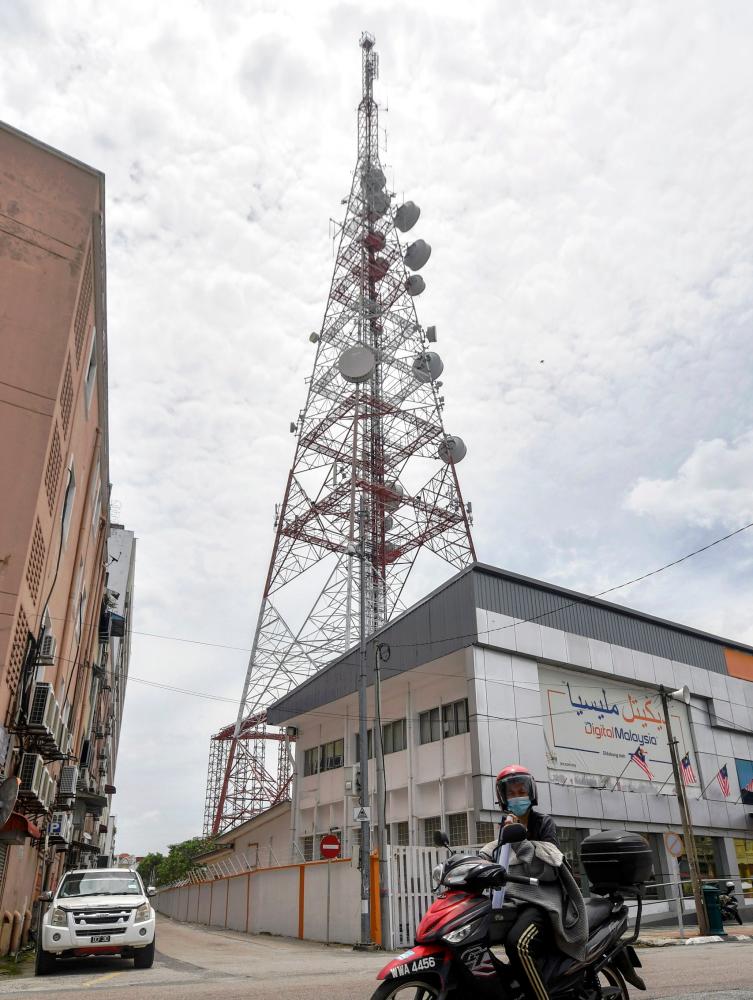PETALING JAYA: All stakeholders have been urged to conduct an in-depth study into the impact of 5G technology on aircraft flight instruments.
Frost and Sullivan Aerospace and Defence consultant Shantanu Gangakhedkar said many questions on how 5G would affect an aircraft’s systems remain unanswered.
“The technology is still in its infancy, and airlines and telecommunications companies should work together to see if there are problems before the full rollout of 5G,” he told theSun.
Shantanu said one of the issues that should be looked into is the 5G frequency and whether it will have an impact on aircraft instruments.
“For instance, we are told that we have to switch off our smartphones before the aircraft takes off or before it lands to prevent any interference to on-board electronics.”
The US Federal Aviation Administration recently warned that there is potential that the 5G frequency could have a broad impact on aircraft safety systems. It made the observation after a 5G service was rolled out in the United States on Jan 5.
It issued a safety alert for operators, warning them that “a wide range” of aircraft safety devices could malfunction, and laid out the process it will follow in coming days to potentially issue specific restrictions on flights.
It claimed that 5G transmitters will adversely affect some radio altimeters, crucial to navigation systems of planes and helicopters.
If a plane is flying into bad weather, it might get diverted to another airport, or the flight may get cancelled.
On Dec 17 last year, the European Union Aviation Safety Agency issued its own safety information bulletin, warning that there was a potential interference in the US from 5G transmitters.
It urged flight crews to be trained to land in cases of unreliable radio altimeters, and called for them to report any problems to aircraft manufacturers.
Shantanu said the issue about the 5G interference is mainly in the US.
“Such complaints have not really been seen elsewhere. It boils down to the bandwidth of 5G service and how close it is to the bandwidth airlines operate on.”
He said the closer the frequencies are, the higher the potential for interference with radio altimeters.
A radio altimeter is used to safely navigate over varying terrain. It is a device that is used to measure the distance between the aircraft and the ground.
It functions in conjunction with forward-looking radar and other sensors, as part of an aircraft’s ground proximity warning system, providing an alert when a plane descends below a certain point or is too close to the ground.
Shantanu added there are still a lot of unanswered questions about the interference.
He said there is a need for both industries to discuss the issue while analysing available data to determine if there is any danger.














